
Why Do Apples Look Fresh on the Outside but Have Blackened Flesh Inside?
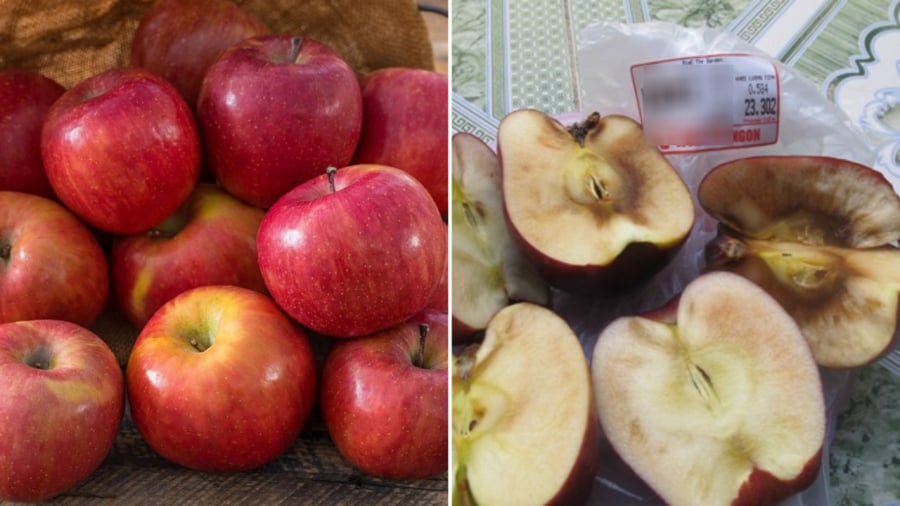
Why Do Apples Look Fresh on the Outside but Have Blackened Flesh Inside? Is It Due to Excess Preservatives?
When buying apples, many people encounter a situation where the fruit looks fresh and appetizing on the outside, but the flesh inside is blackened. This often leads to the assumption that the apples have been treated with preservatives.
Apples are a nutritious fruit that offers many health benefits. However, some people, especially when purchasing imported apples, find that while the skin looks fresh, plump, and shiny, the inside is discolored or even rotten. This raises suspicions about the use of chemicals or preservatives.
Regarding this matter, Dr. Vũ Thị Tần, lecturer at Hanoi University of Science and Technology, explained to VTC News that apples looking fresh on the outside but having damaged flesh inside is not caused by chemicals or preservatives. The phenomenon is usually due to harvesting, storage, and transportation processes before the apples reach consumers.
The blackened flesh could also be the result of Rhizopus oryzae fungus. This fungus can enter through the stem or bruised areas of the apple, then grow within the fruit’s tissue. It has been detected in South Korea. However, Dr. Tần noted that fungal contamination in apples is not common, and when it occurs, it is usually accompanied by visible mold on the surface and a foul odor.
In most cases, the darkening of apple flesh is related to cell oxidation. Damage to the cell membrane and structures such as mitochondria and vacuoles allows phenolic compounds to react with the enzyme polyphenol oxidase (PPO), producing melanin that turns the flesh brown. Over time, the texture becomes mushy and may develop an unpleasant odor.
Common causes of blackened apple flesh include:
-
Storage at excessively low temperatures – which makes cell membranes brittle and prone to rupture, triggering internal oxidation while the skin remains intact.
-
Overripe or long-harvested apples – which can decay internally while still looking fresh outside due to their thicker skin.
-
Carbon dioxide (CO₂) toxicity – in high-CO₂ storage environments (such as sealed cold storage), which can cause intracellular stress, damaging cell structures and leading to blackened flesh.
To avoid buying such apples, inspect the stem and skin carefully for bruises or soft spots. Choose apples with smooth, firm, and glossy skin without signs of wilting.
Whenever possible, purchase apples from reputable stores with stable cold storage conditions. If you find damaged apples, you can request a refund or exchange, depending on the store’s policy.
News in the same category

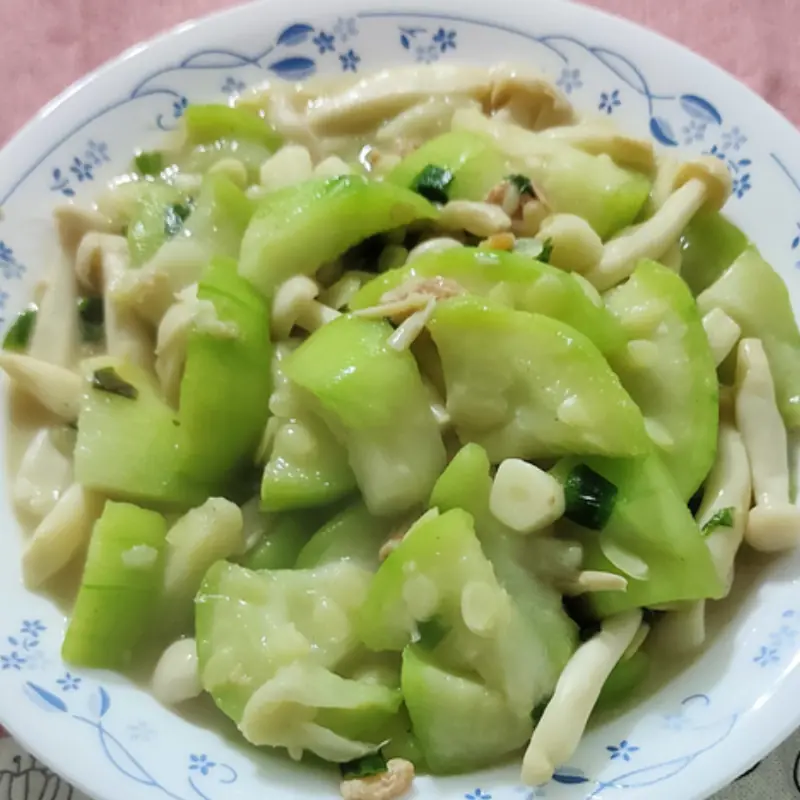
5 Types of Pesticide-Free Vegetables as Nutritious as Ginseng
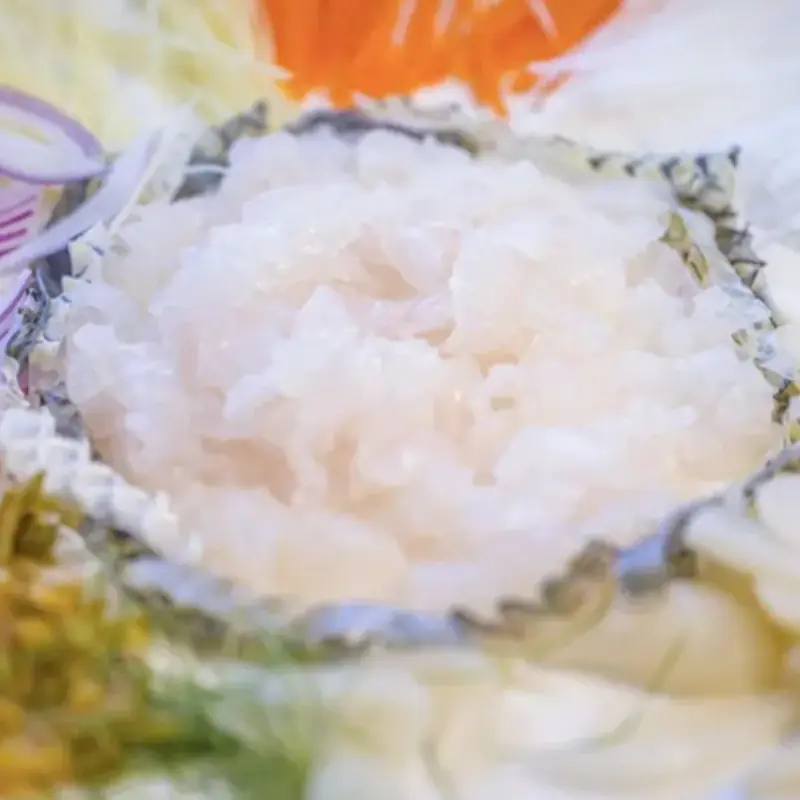
4 “ki.ll.ers” that cause cancer right in your home
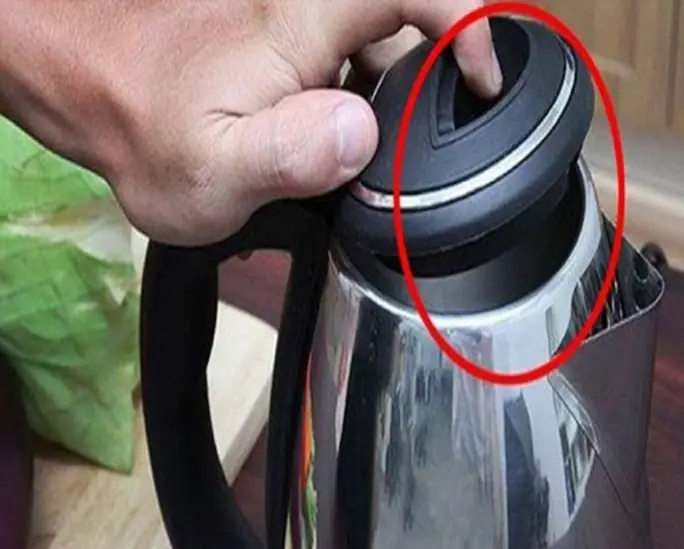
War.ning: 4 mistakes when using electric kettle every day

Why does the leaning tower of Pisa keep leaning but not falling?

Why do old people often shed tears before they die?

Treating earache with garlic according to folk remedies, the man lost more sleep and received an unexpected ending
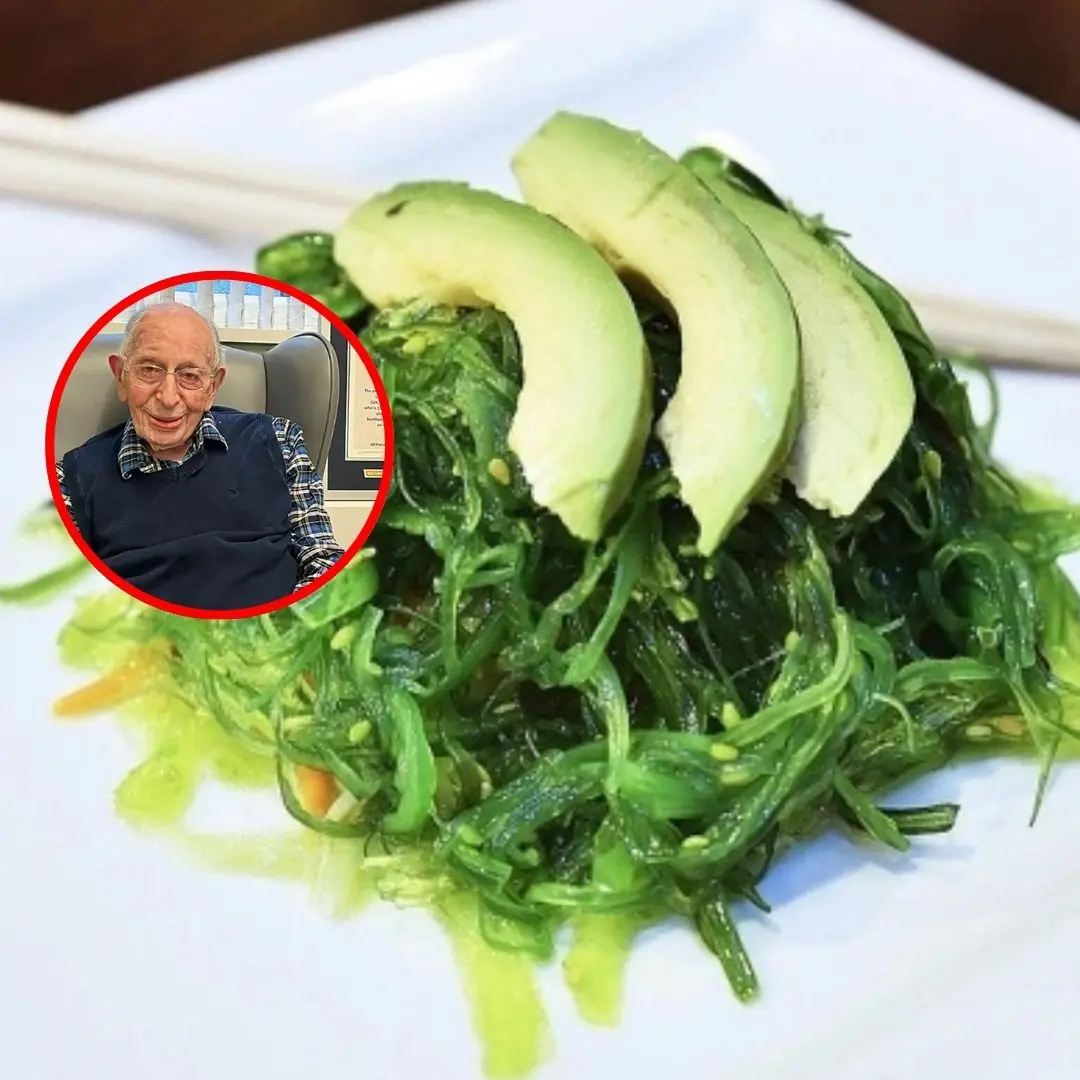
3 foods that may unlock your body’s longevity genes

4 Foods That Prevent Hair Loss and Promote Baby Hair Growth

These 4 Foods in Your Fridge Could Be Silent Can.cer Risks

The Vegetable Dubbed the “Vacuum Cleaner for the Lu.ngs”

Thy.roid Can.cer Warning: 7 Early Body Changes

A 13-Year-Old Girl Suffered from Severe Kid.ney Failure
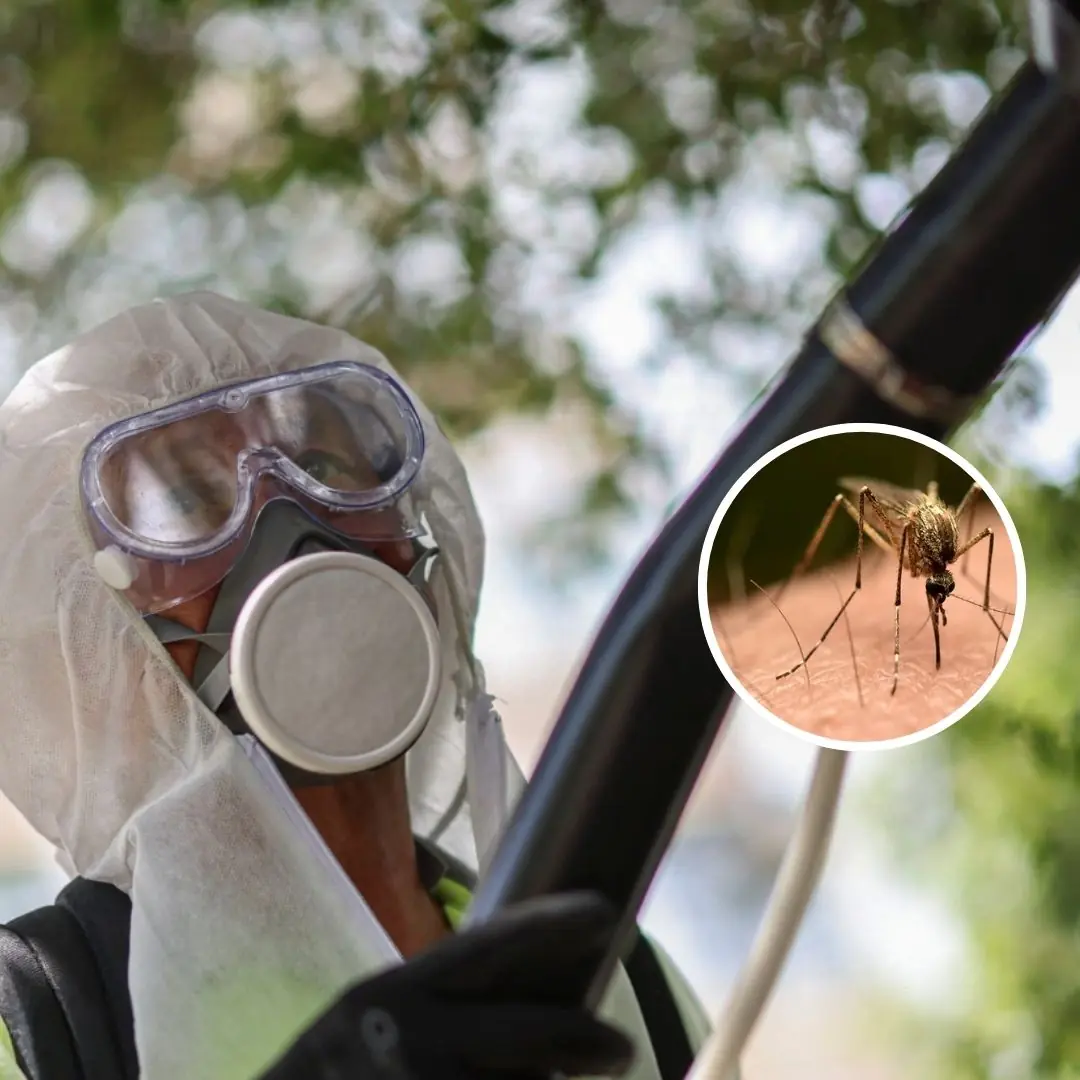
Alarm in China that efforts to control Chikungunya virus are infr.in.ging on ri.g.hts

Do you know: Which is the only country in the world without mosquitoes?
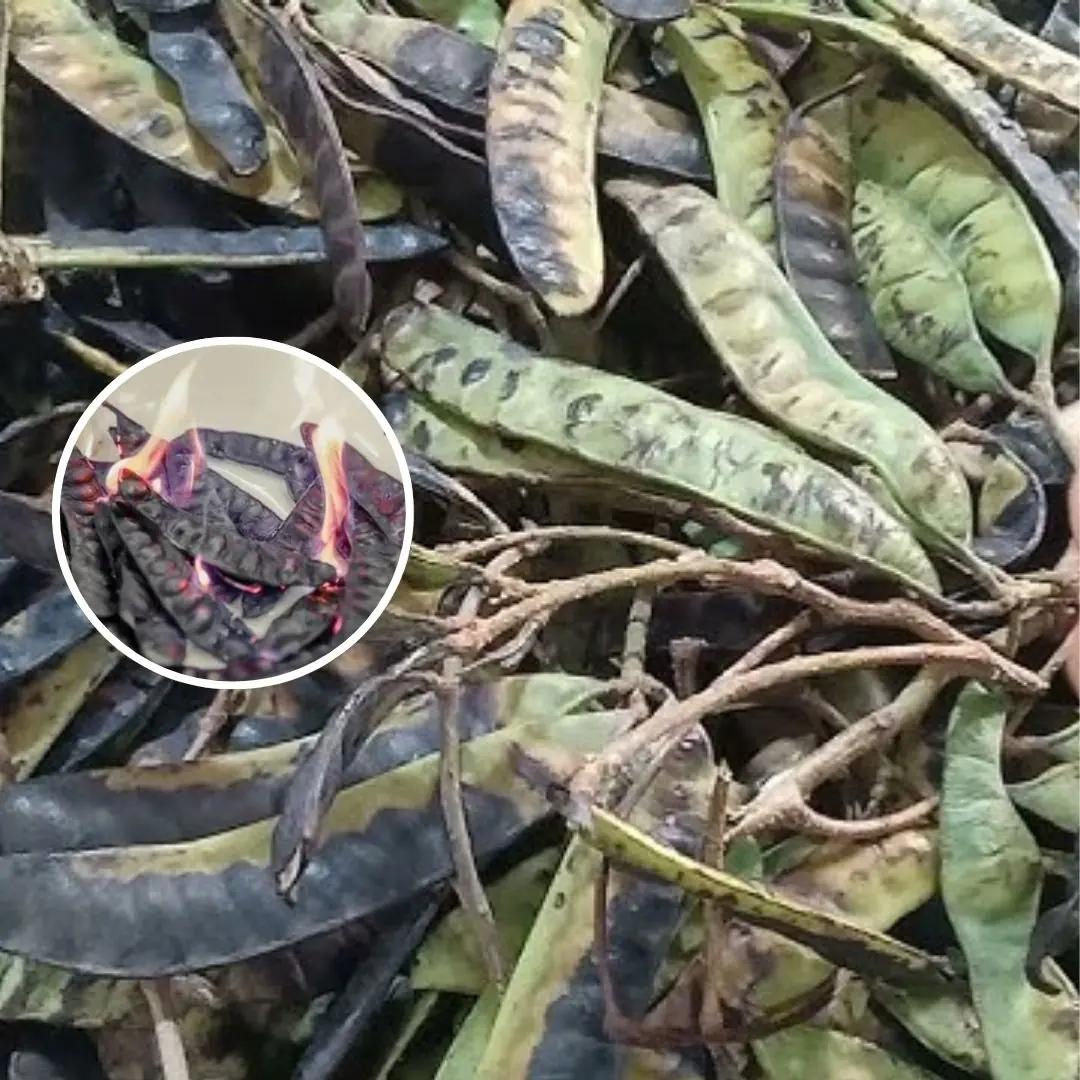
5 Surprising Uses of This Fruit You’ve Probably Never Heard Of

Why Sleeping Next to Your Phone Could Be a Dangerous Habit
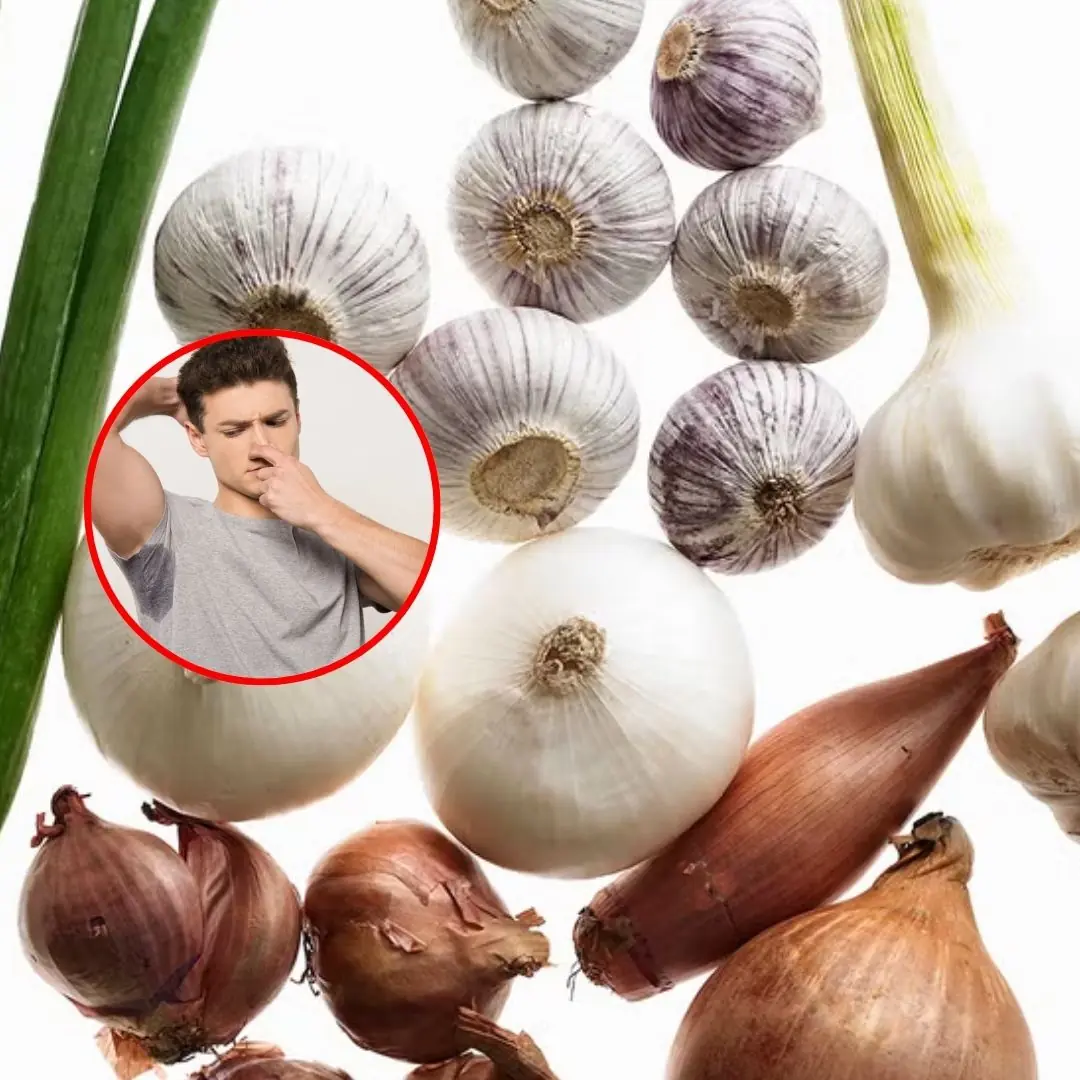
You Might Smell Stronger After Eating These 8 Foods

Don't Cheat – The First Animal You See Will Reveal Your Weakness
News Post
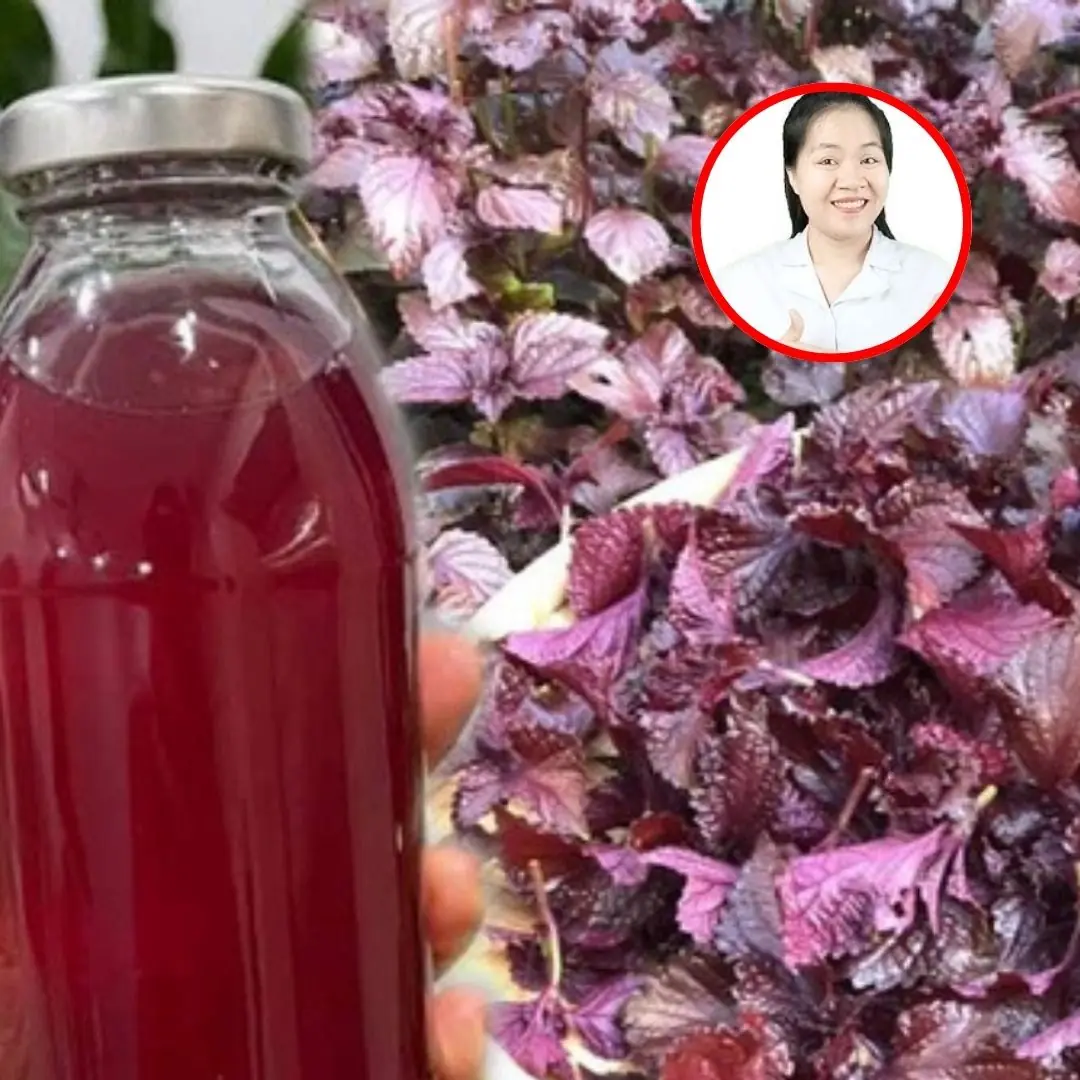
Discover 7 Amazing Ways Drinking Perilla Leaf Water Regularly Can Boost Your Health and Well-Being
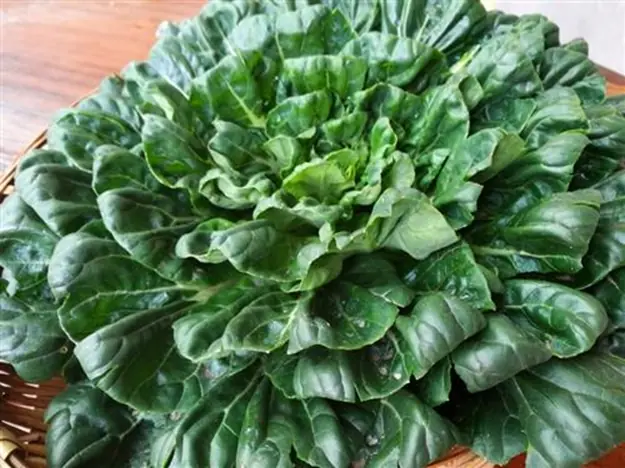
Three Types of Vegetables with the Highest Pesticide Residues
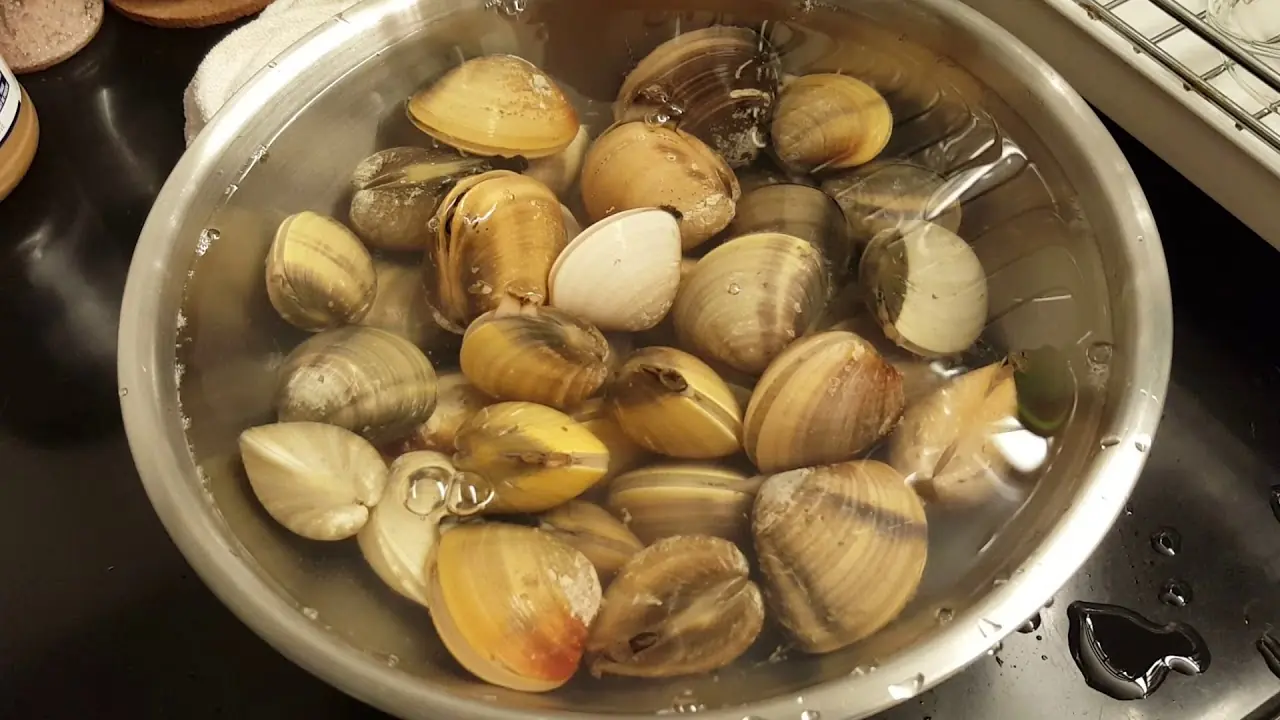
No Matter How You Wash Clams, There’s Still Grit Inside?

What Is the Black Round Hole Next to the Camera on an iPhone For?

Doctor Warns: 5 Symptoms That Could Indicate Bone Cancer
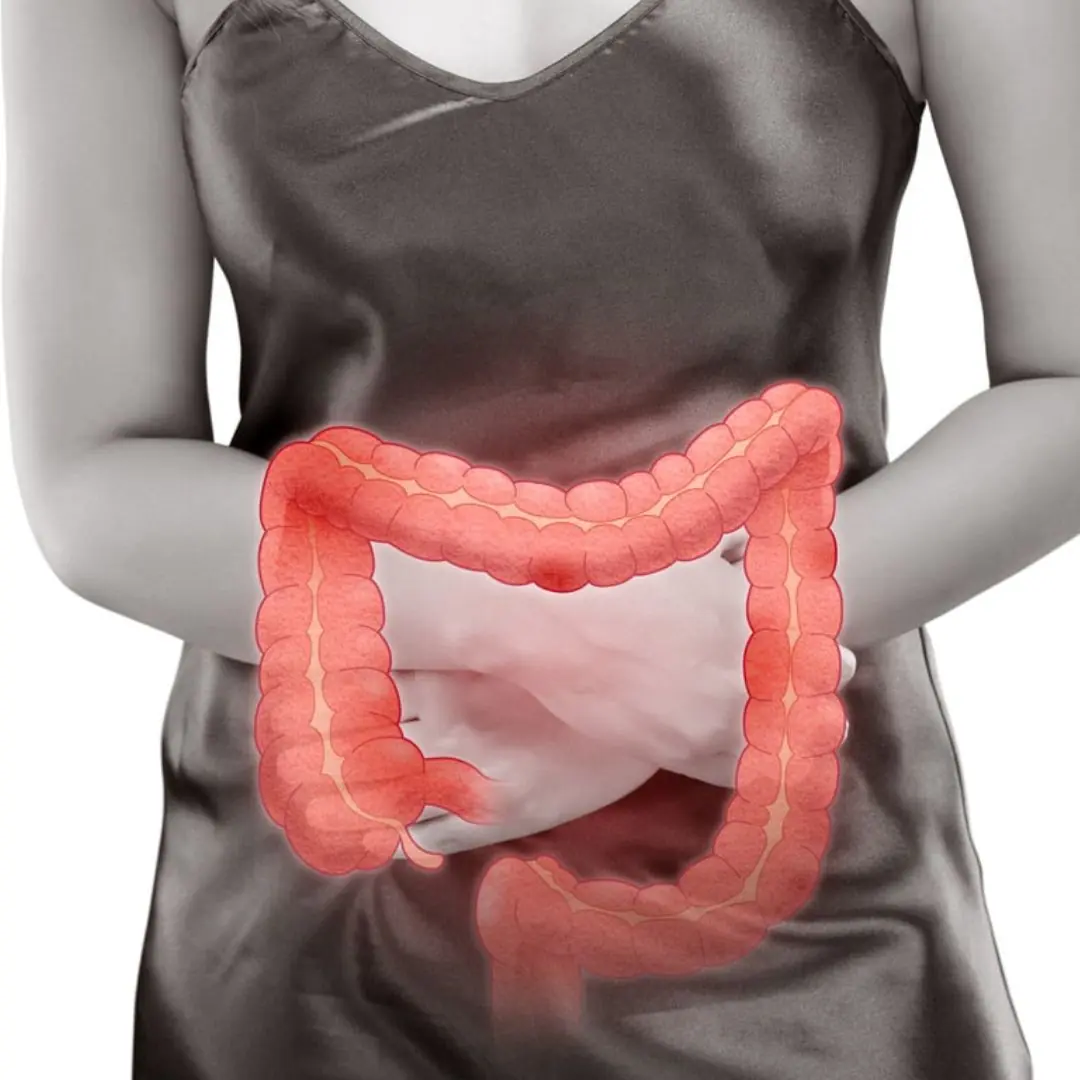
7 foods to avoid in a colon cancer diet
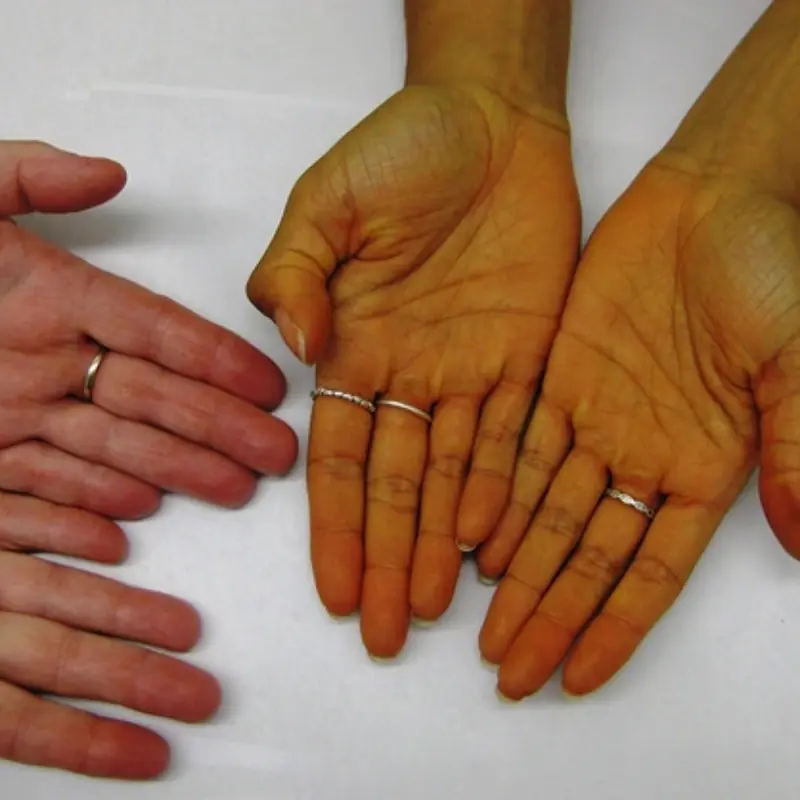
These Are the 5 Earliest Warning Signs Your Body Sends When Can.cer

5 Early Clues Your Body Sends When Bile Du.ct Can.cer Is Taking Hold

An 18-Year-Old Girl Suffered Severe Kid.ney Failure

5 Types of Pesticide-Free Vegetables as Nutritious as Ginseng

The Secret to Keeping Potatoes Fresh for 6 Months Thanks to a Surprising “Friend” in the Kitchen
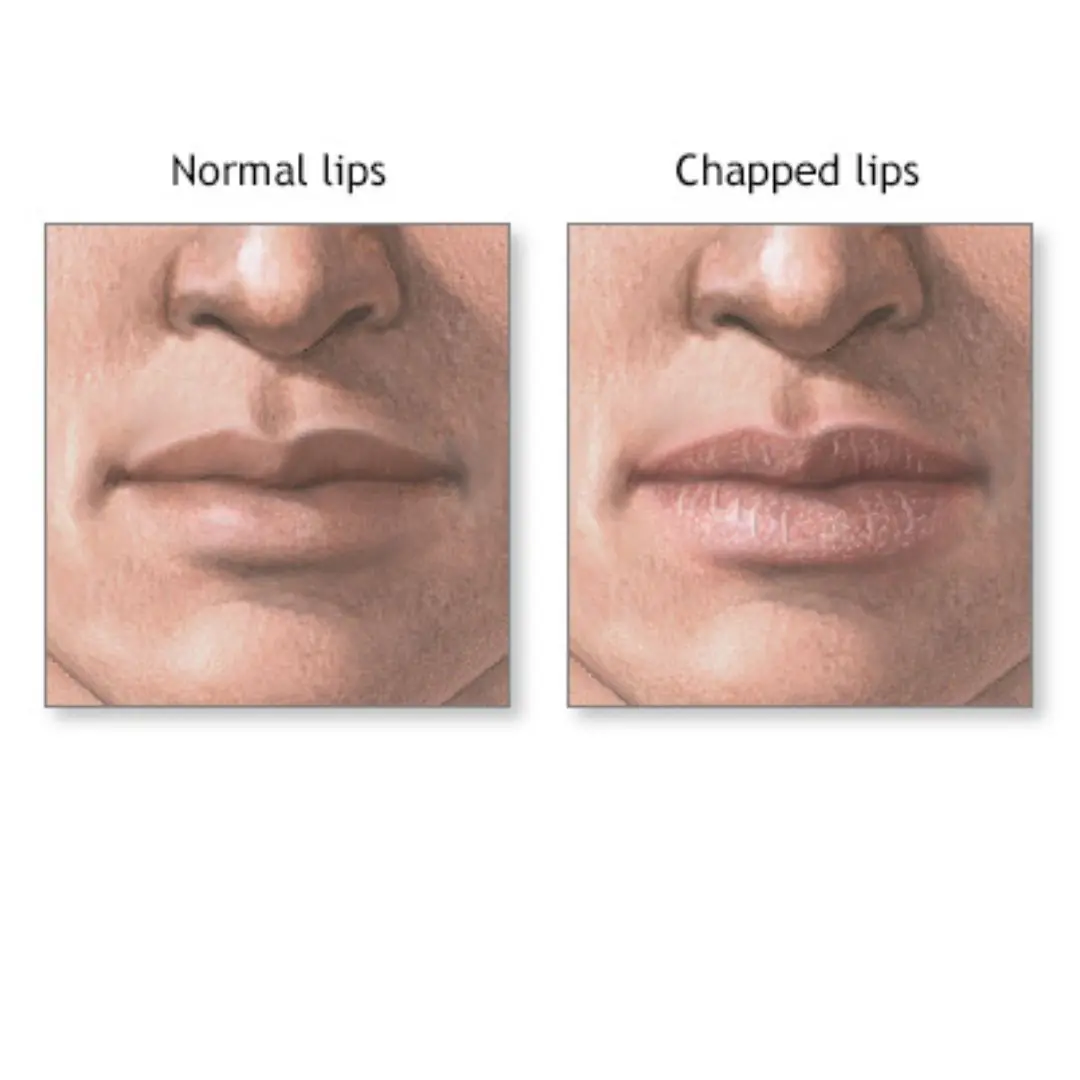
The 8 warning signs your lips reveal about your health – from herpes to liver disease

7 Warning Signs of a Type of Can.cer That’s Treatable but Can Still Make It Hard to Have Children

6 Types of People Who Should Never Eat Too Many Eggs
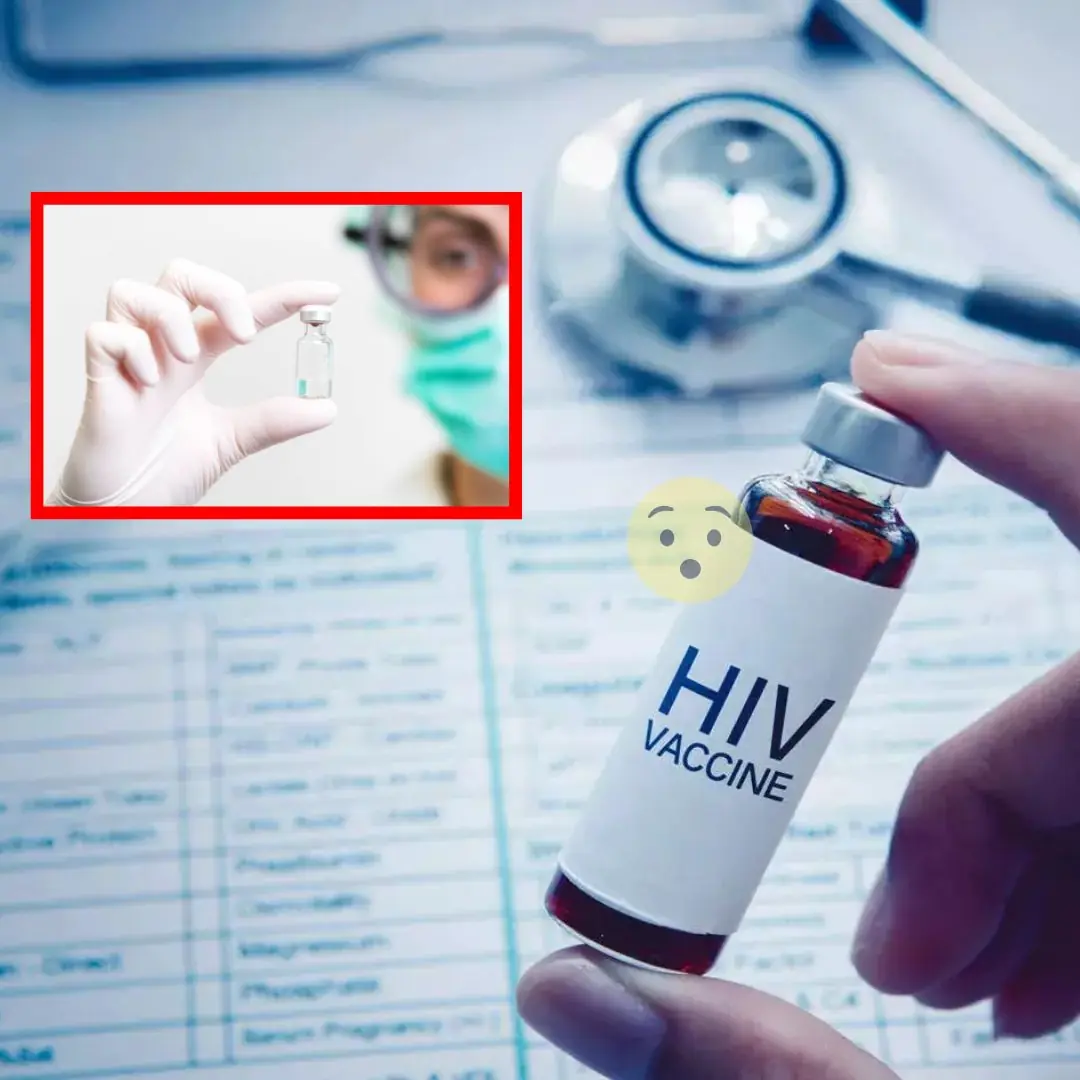
Experimental HIV vaccines show promise in early safety test

4 “ki.ll.ers” that cause cancer right in your home
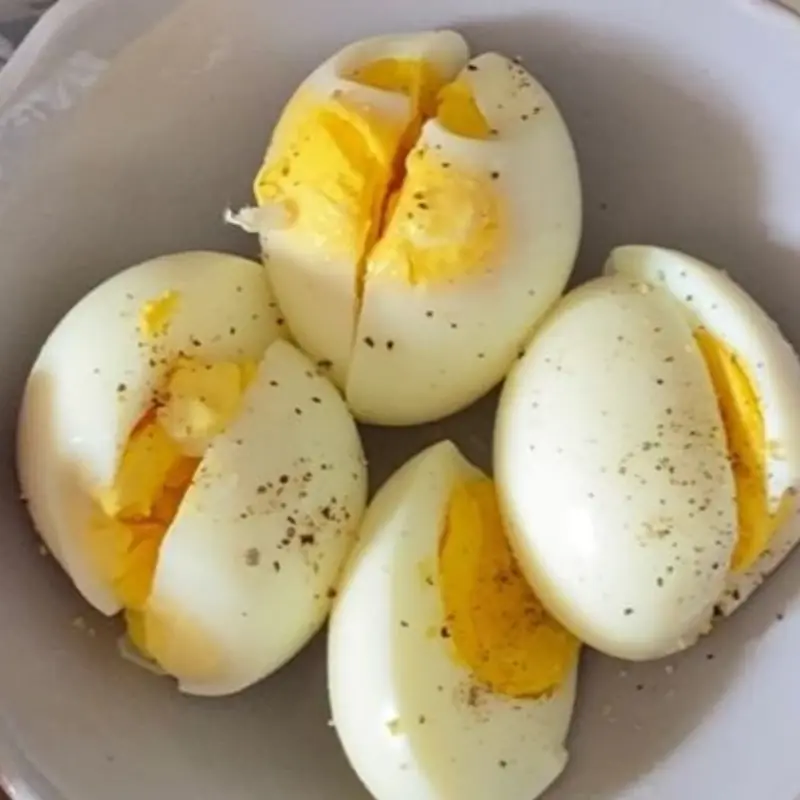
6 Types of People Who Should Avoid Eating Too Many Eggs

Check out these 6 health conditions when you drool while sleeping

The real reasons your limbs twitch at night
